japanese beetle life cycle in missouri
Adult beetles are metallic green with brown wings approximately 5-7 mm wide and 8-11 mm long Figure. The fly Istocheta aldrichi lays eggs on adult Japanese beetles in summer whereas the wasp Tiphia vernalis parasitizes grubs in the spring.
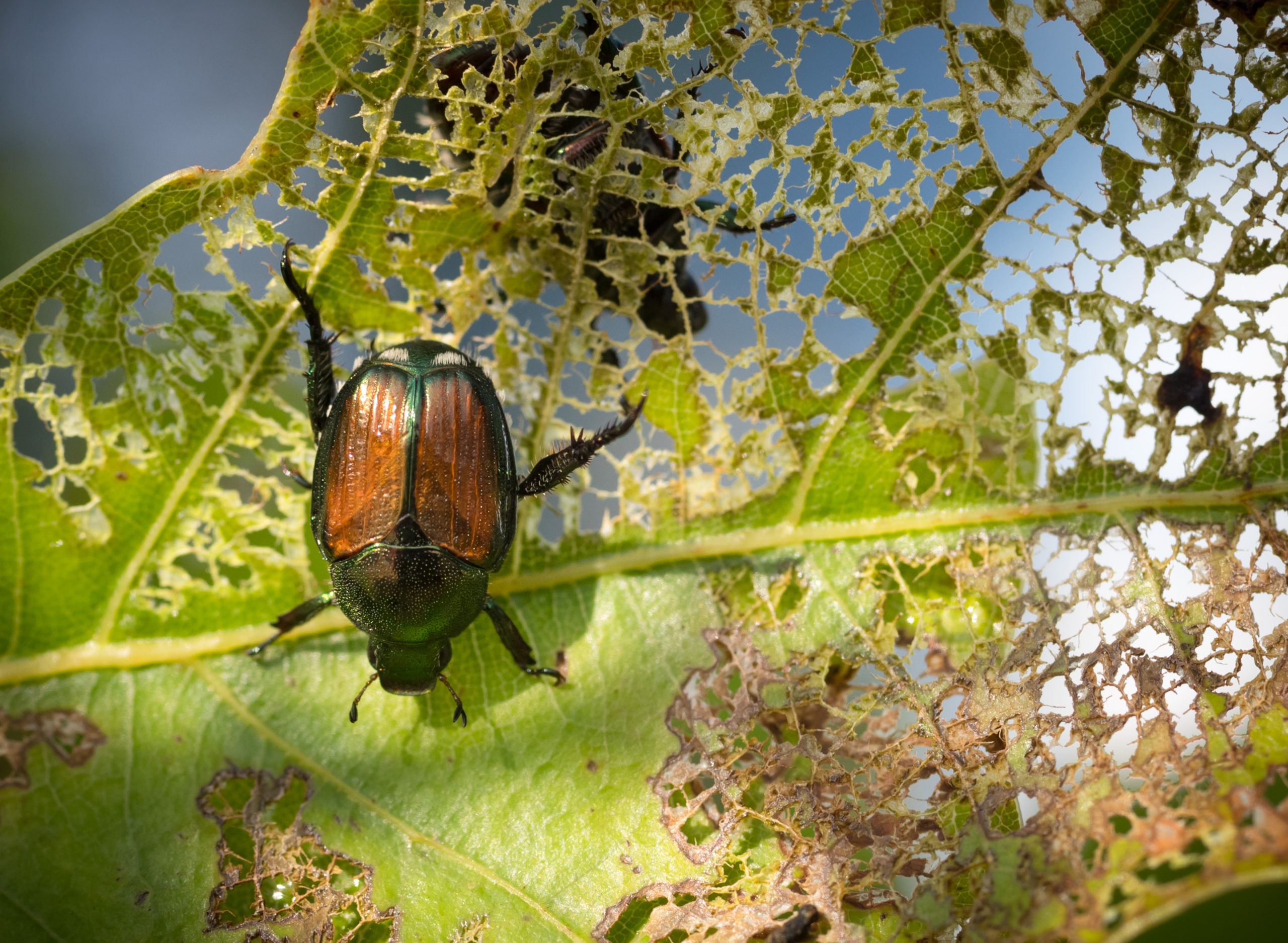
Pest And Disease Chestnut Hill Outdoors
As soil temperatures warm in the spring the larvae move closer to the soils urface.

. By the final stage the plump semi-transparent larvae measure about 1 inch long. Japanese Beetles Popillia japonica Newman emerge from the soil from June to August. The grubs live underground for 14 years depending on species feeding on plant roots and descending much lower into the soil to overwinter.
Japanese beetle has a complete lifecycle with an. Japanese beetle eggs hatch during midsummer. Stage and the adult beetle stage.
Japanese Beetle Adults - Corn. Within 46 weeks of breaking hibernation the larvae will pupate. Although both natural enemies became established here neither is very abundant and they have little impact on Japanese beetle populations.
Surface in the grub stage. Adults feed on leaf material above ground using pheromones to attract other beetles and overwhelm plants skeletonizing leaves from the top of the plant downward. Two natural enemies of Japanese beetles have been released in Minnesota.
The adult beetles lay their eggs in late July into August and the eggs hatch shortly after. Cycle once every year. Feeding by one Japanese beetle attracts more Japanese beetles.
Treatment of Japanese beetle is justified if 3 or more beetles are present on green silk silks are eaten to 12 or less in length and pollination is less than 50 complete. They over winter as third in star larvae in the soil below the frost line. Each of the first two larval instars stages requires a feeding period of about three weeks.
Most of the beetles life is spent as a larva with only 3045 days spent as an imago. Rate of Formulated Material per acre. Damage shows up in mid-to-late summer.
Mature larvae feed on the roots of host plants causing severe damage over time while adults skeletonize leaves in groups as well as any fruit that may have grown. 58 to 96 fl. The grubs pass through several stages during growth each one more damaging than the first.
In spring as the soil. Missouri Pest Monitoring Network Japanese Beetle. Ideally start removing adults as soon as they appear.
Japanese beetle have one generation per year Figure 2. The beetles range appears to be increasing. This is because damaged leaves let off scent signals that Japanese beetles are able to detect attracting more beetles to the damaged plants and surrounding plants.
Egg stage a larval or grub stage a pupal or resting. Japanese beetle are distinguished from native beetles by the presence of five pairs of white tufts on their abdominal sides and two additional tufts on the abdomen tip. The larvae feed on roots of grass and other plants close to the surface of the soil.
After mating females dig a few inches into the soil to deposit their eggs often near trees. Adult beetles generally start feeding on leaves growing on the top of the infected plant which is a sign of a Japanese beetle infestation. Japanese Beetle Adults Emerge Across Missouri 061512 Japanese Beetle Adults Emerge Across Missouri 062011.
The life cycle of the Japanese Beetles consists of four stages of development called complete metamorphosis. Larvae feeding begins in late August and continues into late fall before the white grub overwinters as a 3rd instar larvae. The eggs hatch into white grubs in ten days to two weeks or longer depend- ing on soil temperature.
Japanese beetles have a univoltine life cycleone generation per year. The Japanese beetle population typically peaks in late July. The damaging life stage of the Japanese Beetle life cycle is when the white grub is a larvae.
It spends the winter 6 to 8 inches below the soil. They are established throughout Missouri and are a key pest to field and specialty crops. The immature larvae or grubs stay close to the soils surface and feed on grass roots.
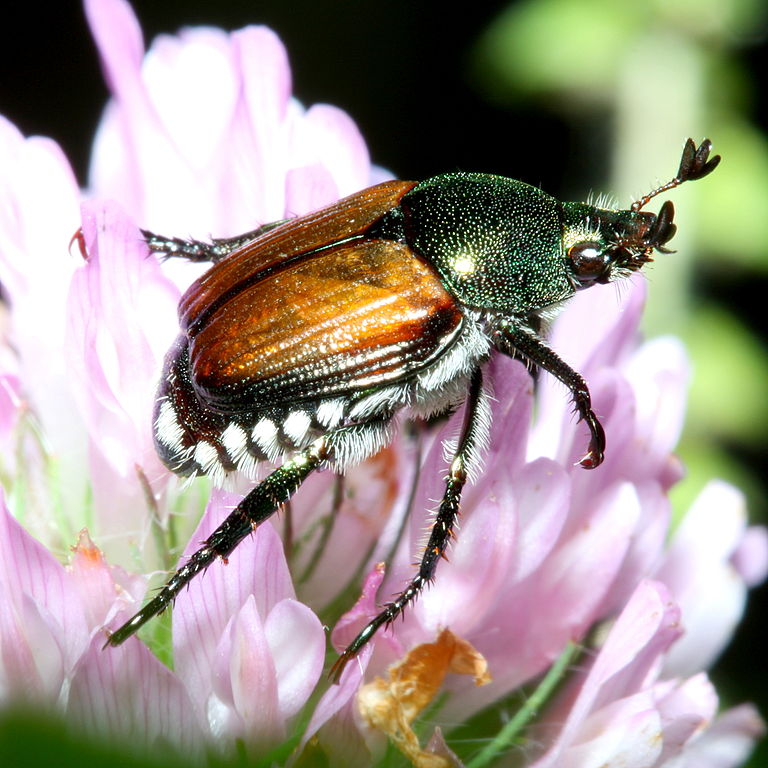
Insect Profiles Japanese Beetle Popilla Japonica Iron Tree Tree Knowledge Base
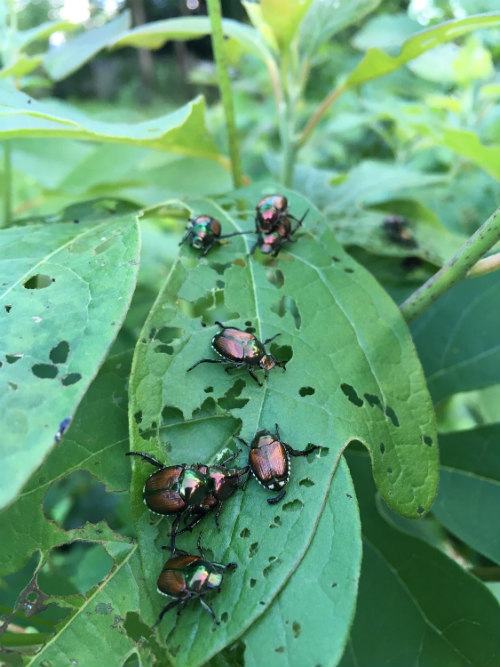
Japanese Beetle Control Hendrickson Tree Care Kansas City Mo
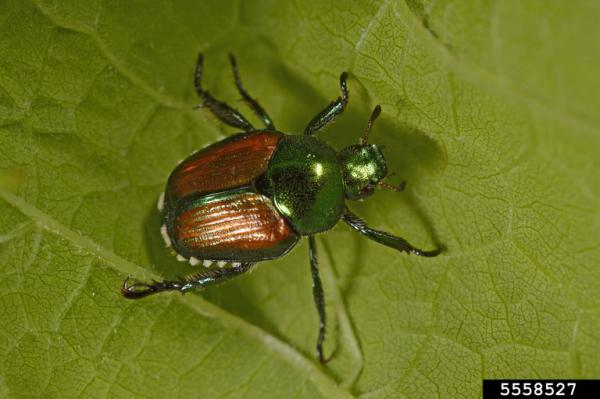
Japanese Beetle National Invasive Species Information Center
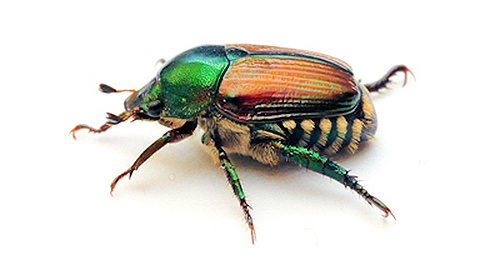
Japanese Beetle Identification Scouting Integrated Pest Managment University Of Missouri

Japanese Beetle Control The Good Earth Garden Center
Extension Outreach Crop Sciences Department College Of Aces University Of Illinois
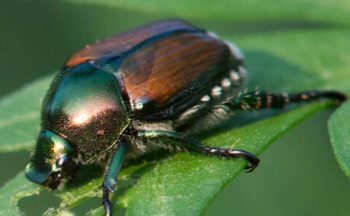
Schedule My Japanese Beetle Treatment Today Rainbow Treecare

Effective Management Remains Elusive For Beetle That Eats Almost Anything
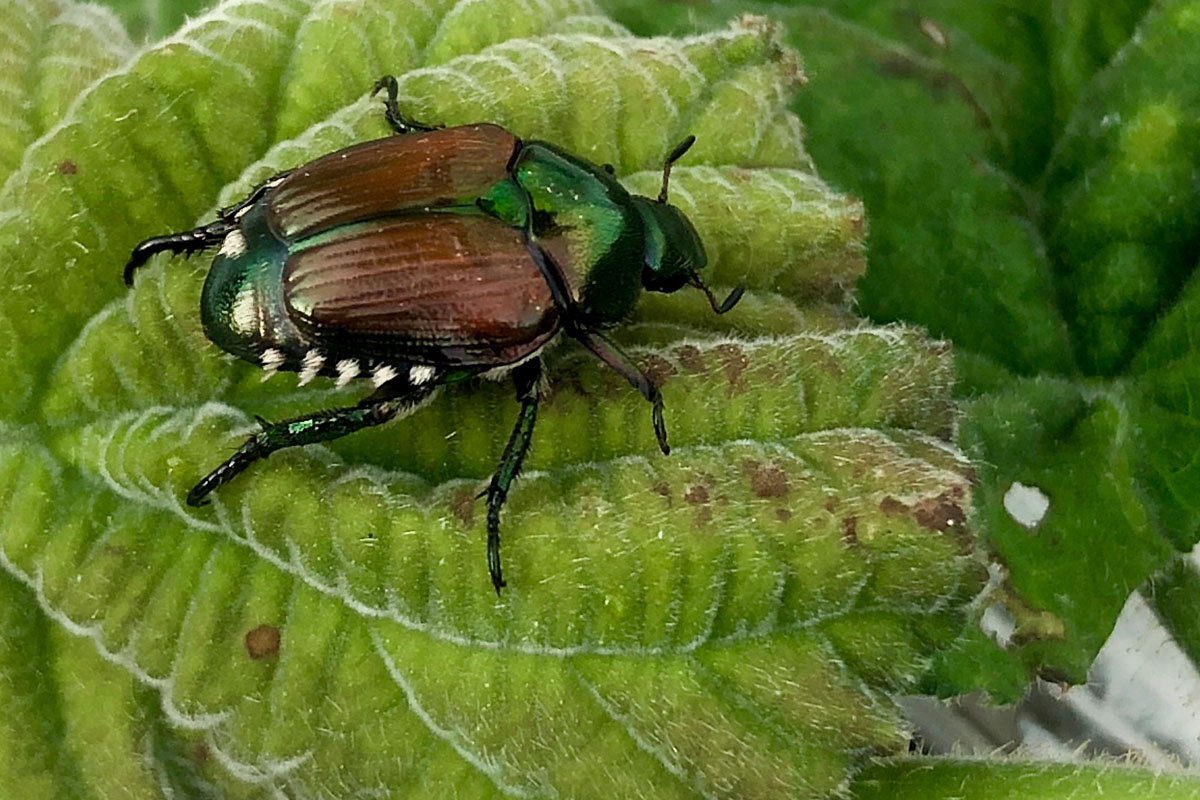
Japanese Beetle Control The Good Earth Garden Center

How To Get Rid Of Japanese Beetles Effectively 2022 Pestkilled

Japanese Beetle Larvae Deals 54 Off Www Ingeniovirtual Com

Japanese Beetle Popillia Japonica

Japanese Beetle Mdc Teacher Portal

Japanese Beetle Mdc Teacher Portal

State Quarantine To Remain In Bid To Limit Spread Of Japanese Beetles News Gjsentinel Com

Japanese Beetle Japanese Beetles Gardener S Supply

Japanese Beetle Identification Scouting Integrated Pest Managment University Of Missouri

